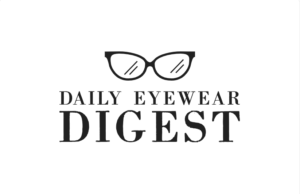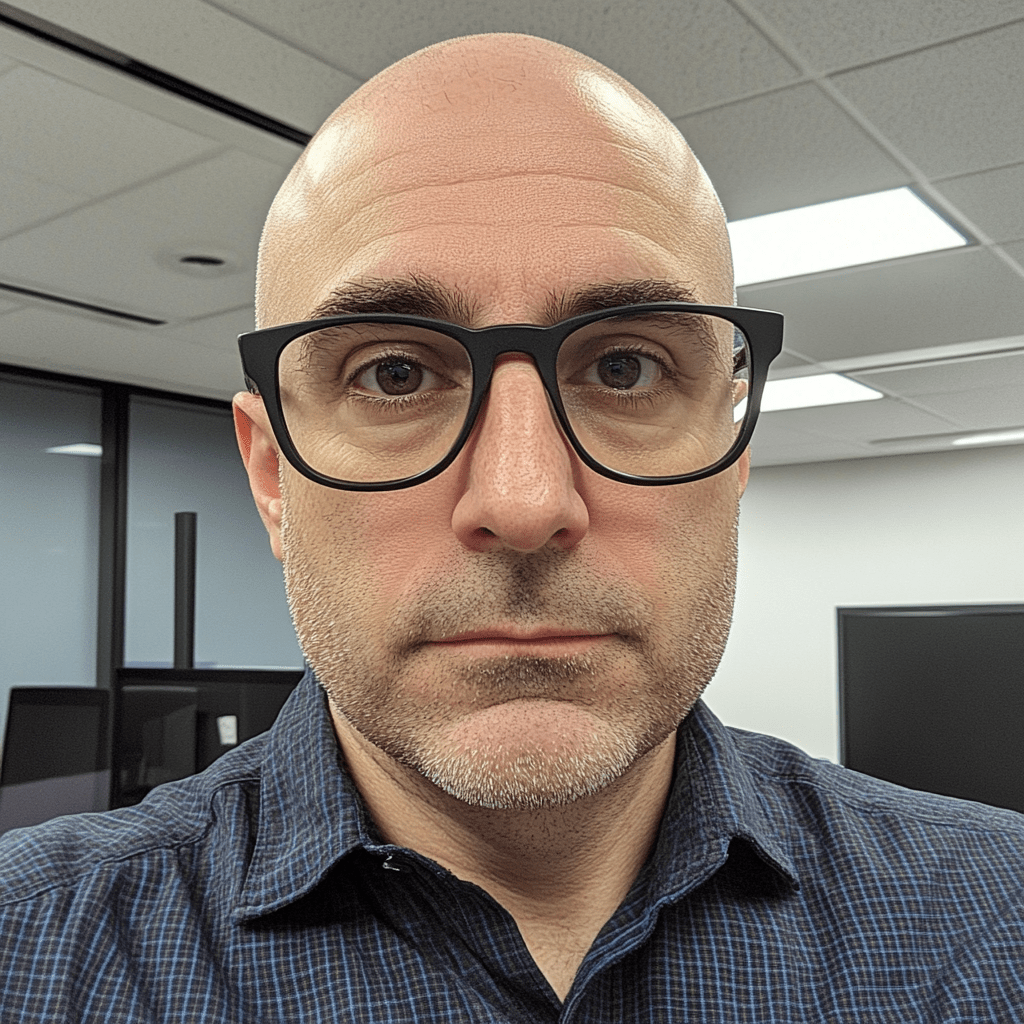Glasses aren’t just about sight—they’ve always been about status, identity, and power. From ancient scholars to modern CEOs, the simple accessory has evolved into a cultural symbol. Throughout history, eyewear has done more than help people see—it’s helped them be seen in very specific, powerful ways.
Whether perched on the nose of a philosopher, a president, or a pop icon, glasses have come to symbolize more than vision correction—they stand for wisdom, leadership, influence, and even rebellion. Let’s explore the 10 most impactful ways glasses have symbolized power throughout history.
1. The Scholar’s Tool in the Renaissance
Eyeglasses first emerged in the late 13th century in Italy, but by the Renaissance, they became associated with learned men—monks, scribes, and philosophers. The act of reading and writing itself became a status symbol, and glasses were proof of one’s scholarly pursuits.
During this period, owning spectacles implied wealth and intellect. With literacy still limited, only elites and religious figures needed glasses—a clear marker of authority and higher learning.
2. Enlightenment Thinkers and Spectacles
As the Enlightenment swept through Europe and the Americas, thinkers like Benjamin Franklin, who invented bifocals, further elevated the status of glasses. Intellectualism was power, and glasses were its badge.
These men—writers, scientists, politicians—often wore glasses in their portraits, cementing their association with reason, enlightenment, and revolution.
3. The Power of the Pen: Writers and Literary Icons
Famous literary figures such as James Joyce, Simone de Beauvoir, and Truman Capote wore glasses that defined their intellectual image. Their spectacles became part of their personal brand—a subtle message of authority over language, culture, and thought.
This created a ripple effect, leading readers to view glasses as emblems of deep thinking and cultural influence.
4. Political Power and Visual Identity
Throughout the 20th century, world leaders like Franklin D. Roosevelt, Winston Churchill, and Mahatma Gandhi used eyewear to craft distinct visual personas.
- FDR’s round frames projected wisdom and reassurance.
- Gandhi’s minimalist specs symbolized humility and strength through simplicity.
- Angela Merkel’s rectangular glasses have become part of her no-nonsense image.
These leaders demonstrated how eyewear could amplify public trust and political dominance.
5. The CEO Aesthetic in the 20th Century
Corporate titans like Steve Jobs, Jeff Bezos, and Bill Gates embraced glasses that were not only functional but strategic. Their frames were minimalist, often rimless or sharp-edged—reflecting decisiveness, innovation, and authority.
This “executive eyewear” look became synonymous with startup success and visionary leadership.
6. Artists and Designers as Cultural Tastemakers
Art and fashion icons have wielded glasses as instruments of self-expression and social command:
- Andy Warhol’s bold frames matched his avant-garde ethos.
- Yves Saint Laurent’s signature spectacles reflected creative confidence and elite taste.
In these circles, eyewear was less about eyesight and more about visual branding—an artistic extension of personality and control.
7. Eyewear in Film and Pop Culture
Cinema has long used glasses to symbolize intelligence—or power with a twist. Characters like Clark Kent, Professor X, and even Neo in The Matrix use glasses to conceal or enhance their power.
Villains with glasses often appear calculating or mysterious. Meanwhile, “geek to hero” transformations often begin with removing or changing glasses—highlighting their cultural weight.
8. Glasses in Activism and Social Justice
Activists like Malcolm X wore glasses that became iconic. His horn-rimmed frames were more than style—they signified clarity of vision and defiance.
In protest culture, glasses have often symbolized a deep, thoughtful rebellion—power through intellect and moral clarity.
9. The Modern Intellectual Look
“Nerd chic” emerged in the early 2000s, reclaiming intelligence and introversion as stylish. Glasses became gender-neutral fashion staples in tech, academia, and media.
From hipster frames to oversized lenses, eyewear evolved into a symbol of non-conformist, self-aware power.
10. Designer Eyewear as a Luxury Power Statement
In recent decades, brands like Gucci, Tom Ford, and Cartier have turned glasses into luxury statements. Owning premium frames now signifies wealth, exclusivity, and fashion influence.
Glasses are no longer just about function—they’re declarations of status.
Changing Perceptions Over Time
Glasses were once stigmatized—linked to weakness or unattractiveness. But that has flipped. Today, they’re stylish, assertive, and desirable. In many ways, they’ve gone from visual crutch to visual flex.
Influence Across Cultures
In East Asia, glasses are tied closely to academic success. In Western culture, they represent individuality or countercultural vibes. Across the globe, they often connote education, seriousness, and social rank.
Eyewear in Art and Iconography
From Renaissance paintings to modern graffiti, glasses appear as signifiers of human depth. They’re often used to signal insight, solitude, or thoughtfulness in artistic portrayals.
The Future of Glasses as Power Symbols
With smart glasses, augmented reality, and wearable tech, the symbolism of eyewear is expanding. These gadgets blend knowledge, access, and innovation—a futuristic twist on age-old power dynamics.
Expect eyewear to remain at the crossroads of technology and status.
Final Reflections on Power and Perception
Glasses have moved far beyond their utilitarian roots. They’ve been badges of brilliance, rebellion, control, and style. Whether worn by a 15th-century monk or a 21st-century tech mogul, they continue to shape how power is seen—and how it’s shown.
FAQs
Why are glasses often associated with intelligence?
Glasses have historically been worn by scholars, scientists, and academics—groups linked to intellectual achievement. This cultural association continues today.
Which historical leaders famously wore glasses?
Notable figures include Franklin D. Roosevelt, Mahatma Gandhi, Winston Churchill, and Angela Merkel—all of whom crafted public images reinforced by their eyewear.
How did glasses become a fashion statement?
Fashion icons and designers adopted glasses as accessories, shifting public perception from medical tool to personal expression and style.
Do glasses affect how people are perceived socially?
Yes. Studies show that glasses often lead others to perceive the wearer as more competent, intelligent, and trustworthy.
Have glasses always been symbols of power?
Initially, they were rare and expensive, signifying wealth and education. Over time, their symbolism evolved to reflect various types of power—political, intellectual, and cultural.
Are smart glasses continuing this tradition of influence?
Absolutely. Smart glasses combine utility and status, reflecting both cutting-edge innovation and digital empowerment.

